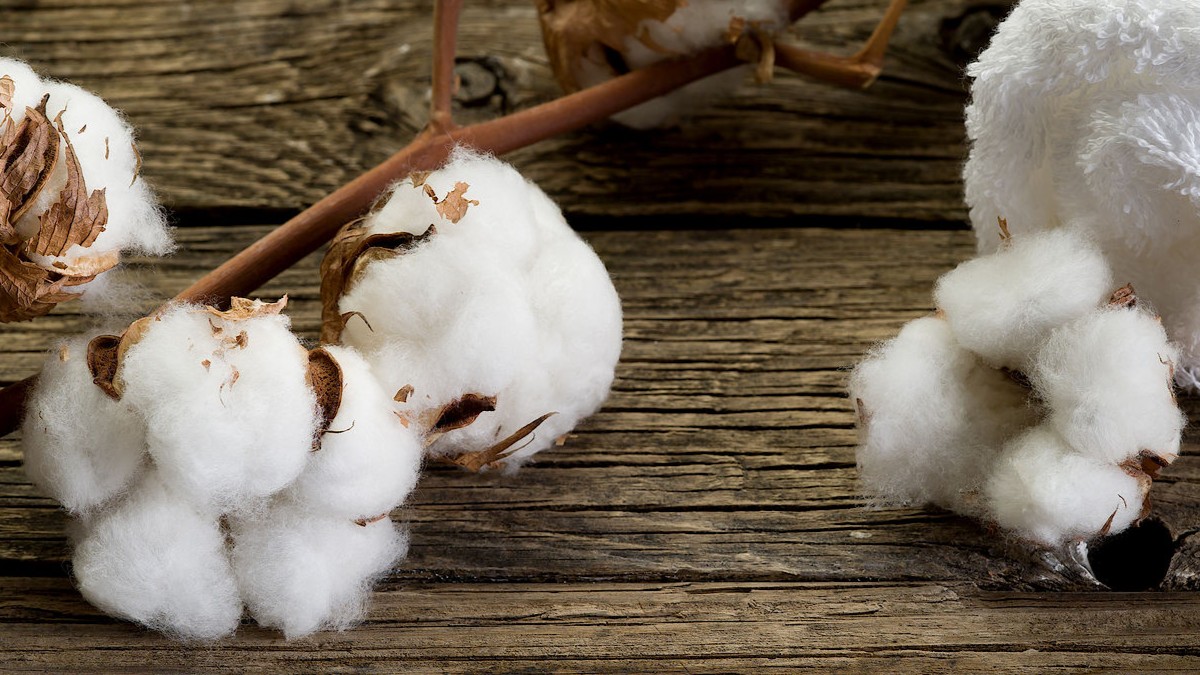Although fabric may seem like an ordinary item in our daily lives, its creation involves complex and highly precise processes. From cotton grown in the fields to synthetic fibers produced in factories, each raw material carries unique properties and purposes. Whether it’s the light, airy touch of a shirt or the high protective performance of medical textiles, behind it lies a production chain that spans agriculture, chemistry, and engineering.
Raw Material Selection and Sourcing
The quality of a fabric begins with its raw materials. Natural fibers such as cotton, wool, flax, and silk must be harvested, cleaned, and graded to ensure the fibers meet specific requirements for length, fineness, and elasticity. The longer the cotton fiber, the finer and smoother the yarn it produces; wool, on the other hand, must be degreased and cleaned of impurities to maintain its loft and warmth.
Synthetic fibers, such as polyester, nylon, or viscose, are manufactured in chemical plants through polymerization processes, allowing their characteristics—such as abrasion resistance, wrinkle resistance, or water repellency—to be precisely controlled. The properties and applications of the final product are often determined at this material selection stage.
Spinning: Turning Fibers into Yarn
Once the raw materials are prepared, spinning is the critical step that transforms loose fibers into usable yarns. Natural fibers are first opened and carded to align them neatly, then drawn and twisted to give them sufficient strength and uniformity.
Different types of fibers can also be blended at this stage—for example, combining cotton with polyester to balance breathability with durability. Modern spinning mills employ automated systems that can take materials from input to finished yarn with minimal human intervention, significantly improving both efficiency and consistency.
Weaving: Interlacing Warp and Weft
After spinning, the weaving process interlaces warp and weft yarns into greige fabric. Plain weave fabrics are tightly constructed and durable, suitable for shirts and fine apparel; twill weaves feature distinctive diagonal lines and flexibility, commonly used in denim; satin weaves have a smooth, lustrous surface, making them ideal for evening wear and high-end bedding.
As industrial technology has advanced, weaving has shifted from manual looms to high-speed automated machines. Jet, rapier, and water-jet weaving technologies not only boost productivity but also enable greater variety and precision in fabric design.
Dyeing and Finishing: Adding Color and Function
Fresh off the loom, greige fabric typically lacks both color and desired texture. It must undergo dyeing and finishing to achieve its final look and functionality. Dye selection depends on the fiber type—for instance, cotton works well with reactive dyes, while polyester is typically dyed with disperse dyes.
Beyond coloration, fabrics may receive functional treatments such as wrinkle resistance, shrink resistance, water and oil repellency, as well as antibacterial and UV-protection finishes.
In recent years, environmentally friendly dyeing and finishing methods have gained attention, including low-water processes, plant-based dyes, and digital printing—offering the textile industry more sustainable development pathways.
Final Production and Applications
After dyeing and finishing, the fabric is inspected, cut, and packaged before being shipped to garment factories, home textile manufacturers, or industrial product assembly lines. It may become a T-shirt, a curtain, a filter cloth, or even protective fabric used in hospital operating rooms.
The applications of textiles span apparel, home furnishings, industry, and healthcare—touching nearly every aspect of daily life.
Conclusion: From Raw Material to Everyday Life
The making of fabric is more than a combination of physics and chemistry—it is the result of global supply chains, technological innovation, and meticulous quality control. From raw material selection to the final product, each stage shapes its quality and value. In today’s textile industry, where sustainability and high performance are increasingly important, understanding this journey helps us not only make better choices but also appreciate the seemingly ordinary fabrics that surround us.





.png)








